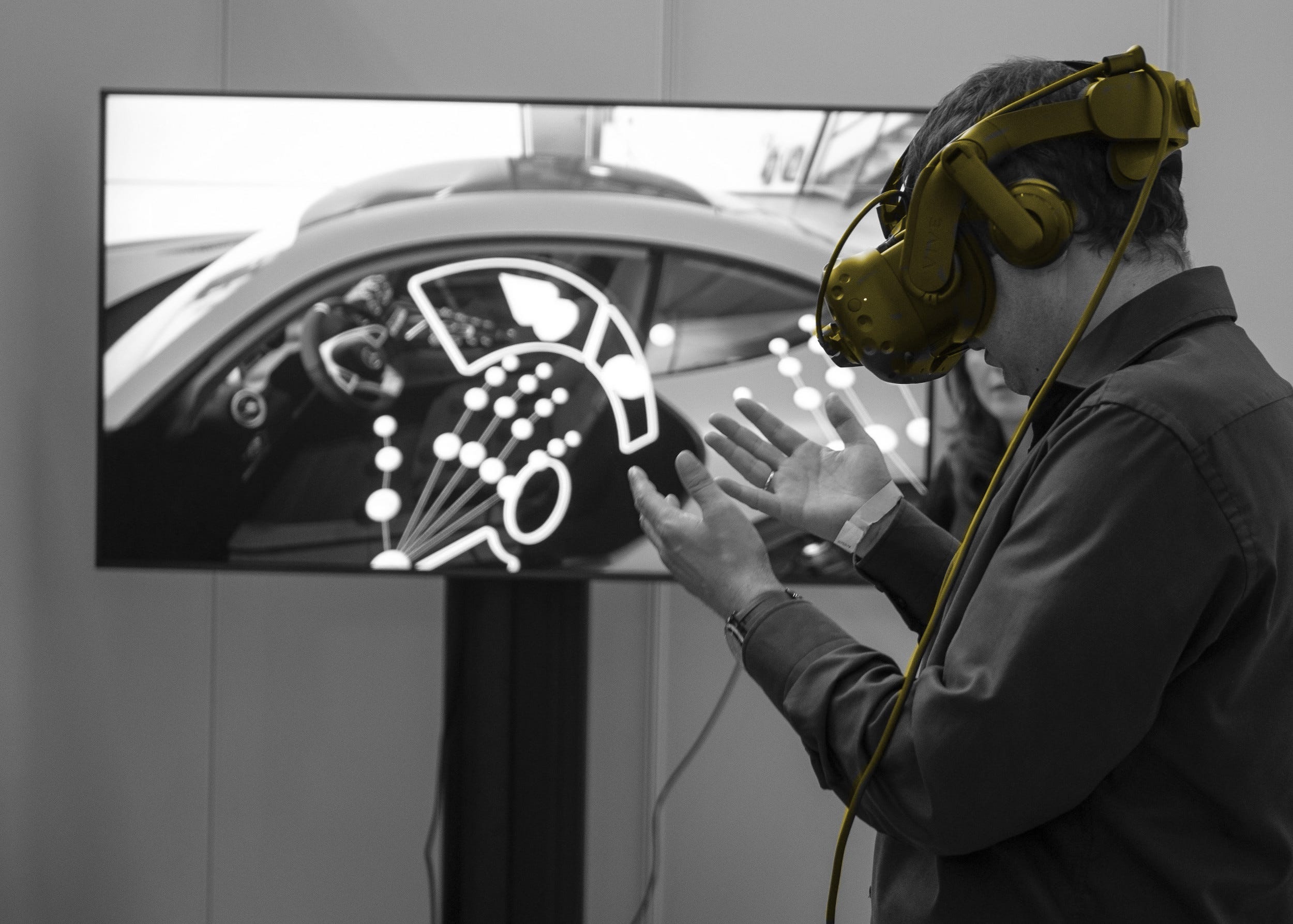Computer systems have always been man’s best friend when dealing with intensive, computation-heavy mathematical problems. From simple calculations on a calculator to large statistical operations in R, this technological frontier has made life easier for a lot of us.
However, even computers are known to fault when numbers turn into letters and algebra starts getting involved. One might hope that with the advent of increasingly sophisticated machine learning and AI algorithms, this could be solved—but hopes and dreams continued to remain hopes and dreams…until now.









